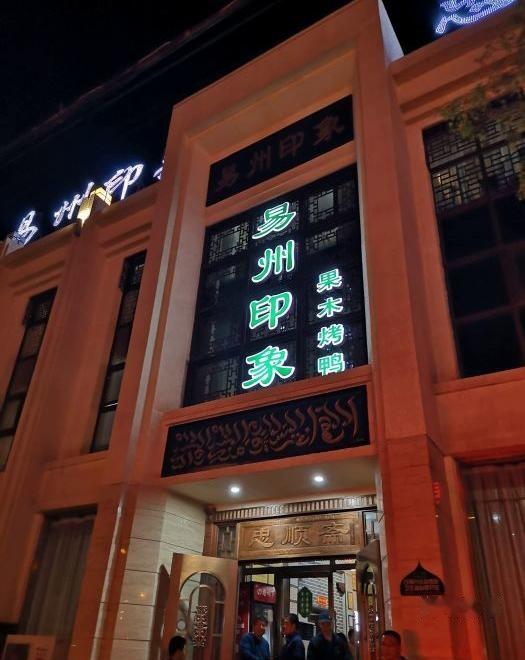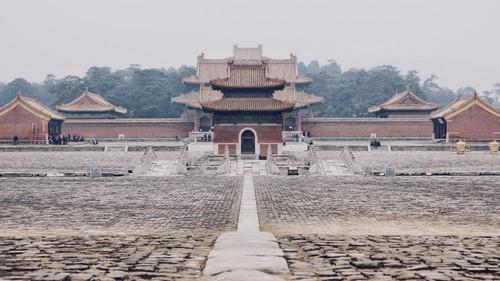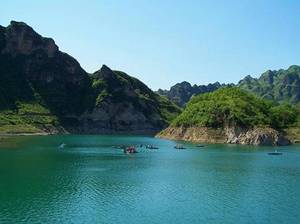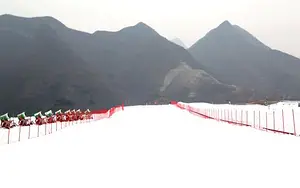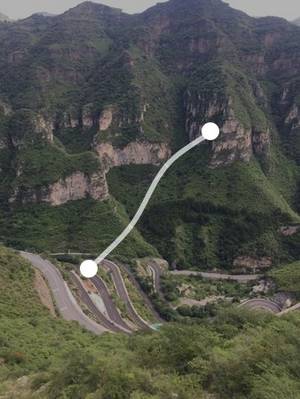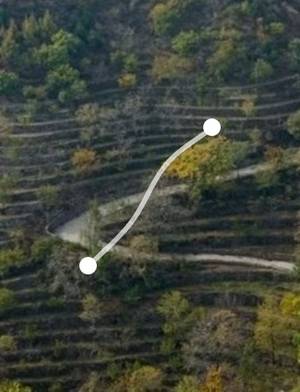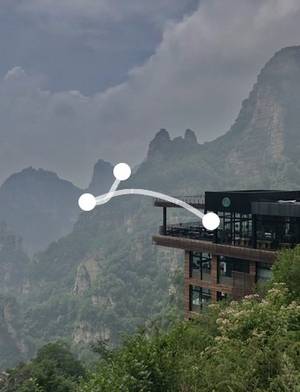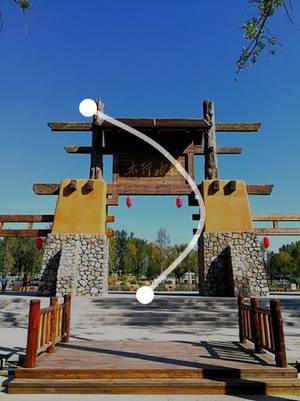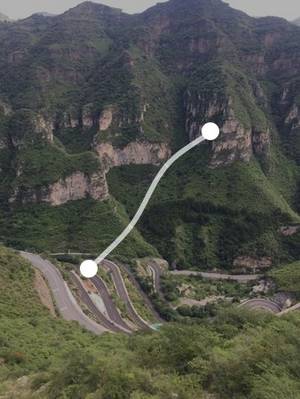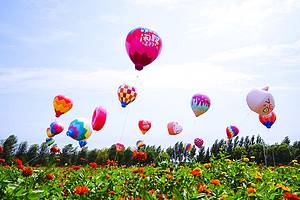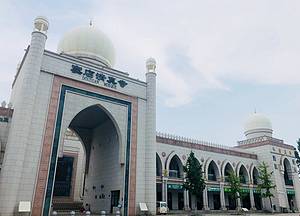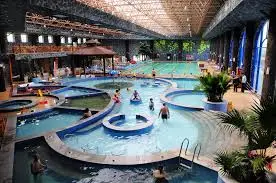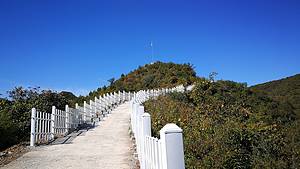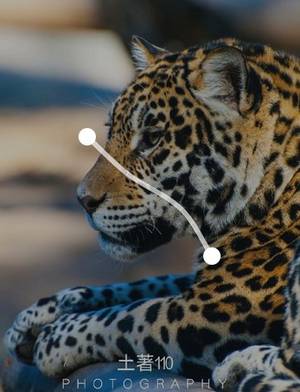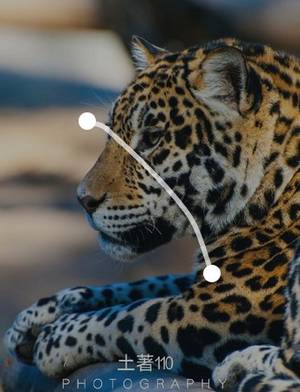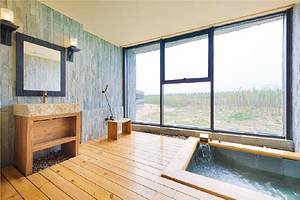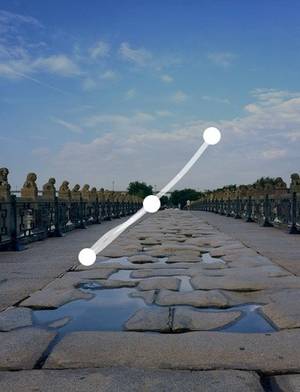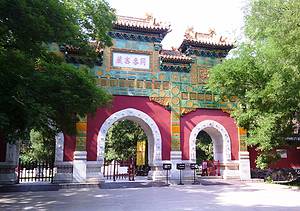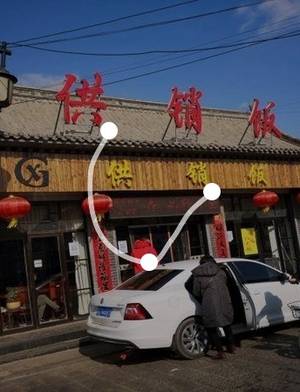Feng Shui Cleanse Xiling and View the Forbidden City
1 cities |
5 attraction(s) |
total distance 44
km
 TIPS
TIPS
Day1
Day2
Day1: Baoding
4 attraction(s) ·
44 km
1
Lianxiang • Taixing Water Town is located in Yixian County, Baoding, which is the first batch of regional tourism demonstration counties in the core area of Beijing-Tianjin-Hebei integration. It is the host of the first Hebei Tourism Industry Development Conference and is a key project of Jingxi Bai Du Leisure Resort. It has won the title of national tourism poverty alleviation demonstration project. The project is adjacent to the beautiful Yishui Lake in the west, the world cultural heritage Qingxi Mausoleum in the north, and the revolutionary holy land Mount Langya in the south.
3
km
2
Yishui Lake is an artificial lake built in the 1950s using the surrounding high mountains, and it is a national-level water scenery area.
37
km
3
Local specialty dishes, authentic halal restaurant; traditional storefront, elegant environment; delicious food, quality assurance, particularly flavorful beef and lamb, fantastic fish; warm and proactive service, affordable prices, worth recommending; must-try dishes include General's Tofu, Braised Ox Bone, and Flavored Eggplant....PS: Parking may be inconvenient in the area, it is advisable to walk; there might be a waiting time, the restaurant is incredibly popular!
5
km
4
The hotel surroundings are quiet. Just outside is Yan Tai Street (Yan Tai Museum is right next to it, famous for producing inkstones in Yixian County!). Convenient parking. It is the best hotel in the area, a four-star hotel. You can have a good night's sleep here. The rooms are clean, tidy, comfortable, and well-ventilated. There are discounts for early booking. It is worth recommending.
Day2: Baoding
1 attraction(s) ·
0 km
1
The Western Qing Tombs are a hilly area with beautiful scenery, surrounded by mountains and dense forests. It is located 15 kilometers west of Yixian County in Hebei Province, about 120 kilometers from Beijing. The main tombs were built between 1730 and 1915 and include 4 imperial tombs, 3 secondary tombs, and 7 tombs for princes, princesses, and concubines. The total area is over 800 square kilometers, with more than 1000 palaces and over 100 stone carvings and buildings. The Western Qing Tombs are a UNESCO World Cultural Heritage site and a popular tourist destination.


